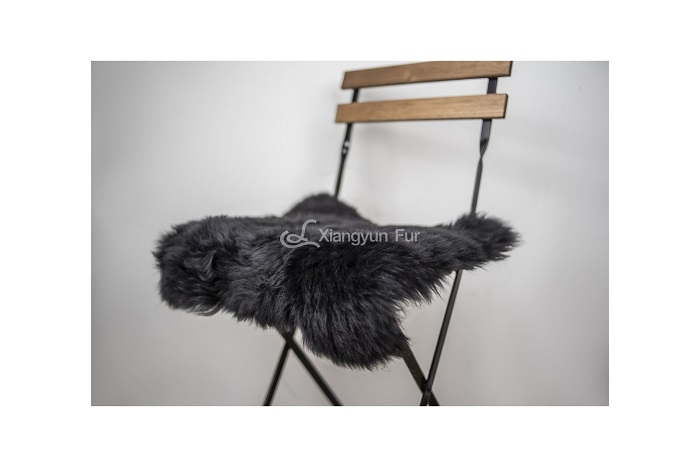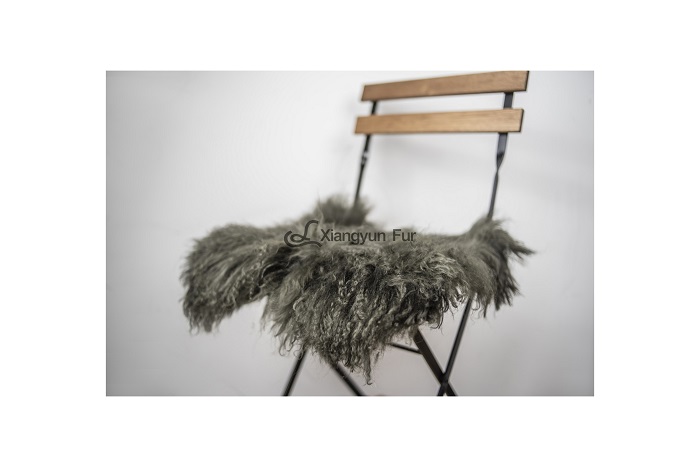The function of sheep fur
As life gets better and better, people have more requirements for the clothes they wear. Sheep fur has become a symbol of fashion. Sheep fur has played a variety of important roles in human history. Its roles include but are not limited to the following: aspect:

1. Warmth and protection: Wool is an excellent thermal insulation material with good thermal insulation properties. Wool fibers have many tiny air cells that trap air in the wool and prevent the loss of heat, keeping the body warm. Therefore, clothing, blankets and quilts made of wool are often used to keep warm in cold weather conditions.
2. Moisture wicking: sheep fur has moisture wicking properties, which can absorb water vapor released by the human body and discharge it into the air, keeping the body dry and comfortable. This makes wool particularly popular when making outdoor clothing and sportswear, as it helps keep the body dry and prevents discomfort and skin problems caused by sweat retention.
3. Environmentally friendly material: Compared with synthetic fibers, sheep fur is a natural, biodegradable material that has less impact on the environment. Therefore, in today's era of increasing awareness of sustainable development and environmental protection, wool is regarded as an environmentally friendly material choice.
4. Decoration and Design: Wool is also often used in decoration and design areas. Products such as wool rugs, wool cushions, and decorative wool tapestries are commonly found in home décor because they serve a practical function while adding warmth and coziness to indoor spaces.
In general, sheep fur plays an important role in warmth retention, moisture wicking, environmental protection and decoration, so it is widely used in various fields.









































